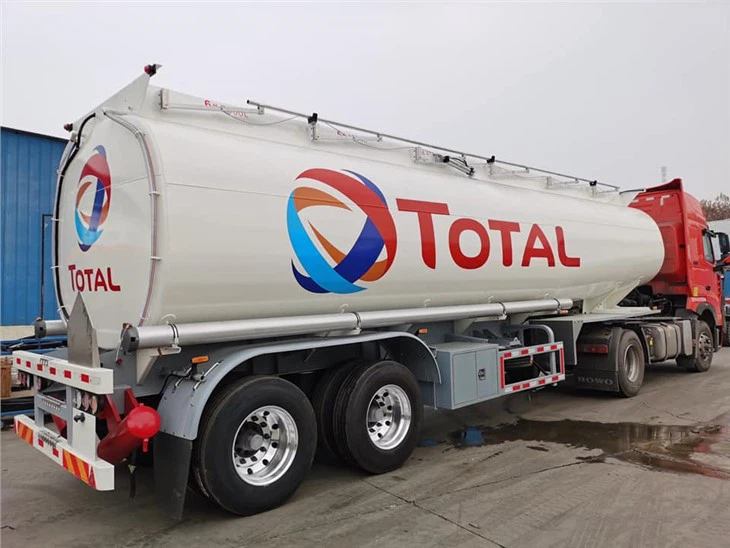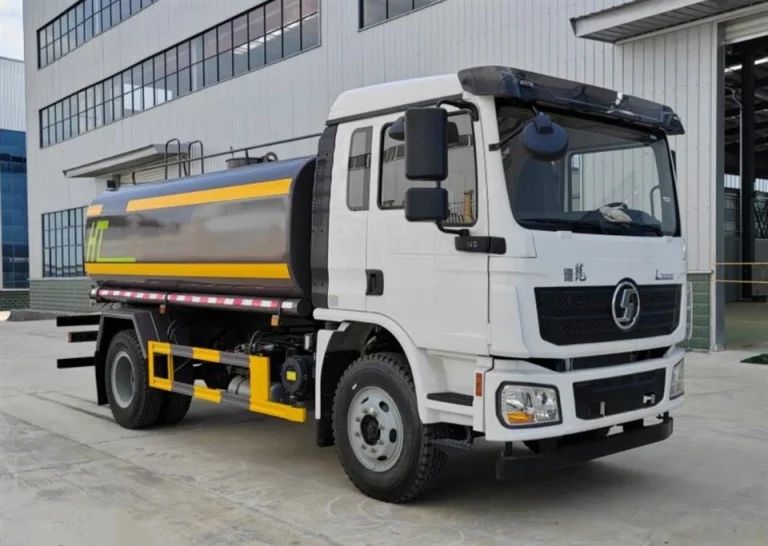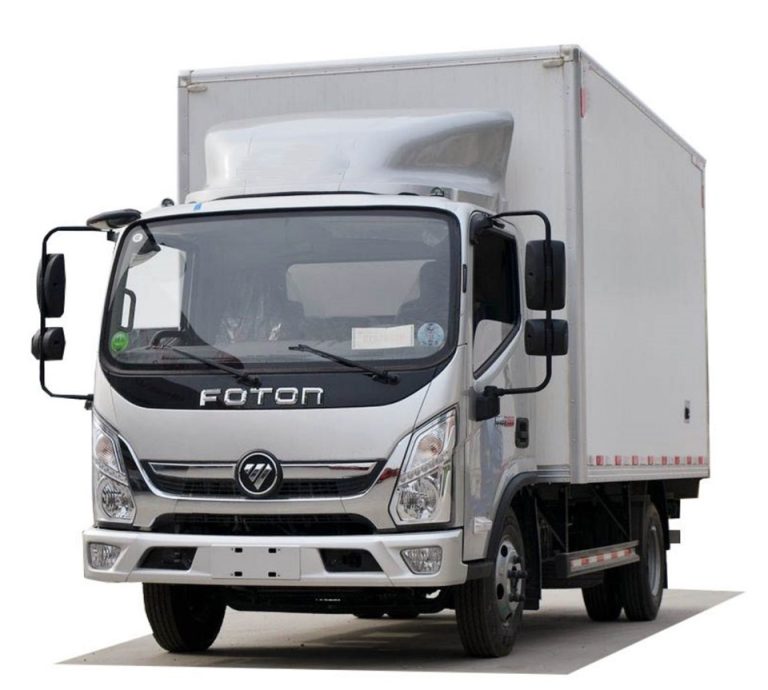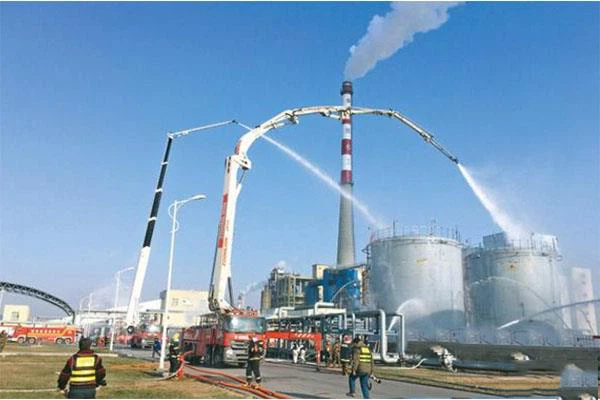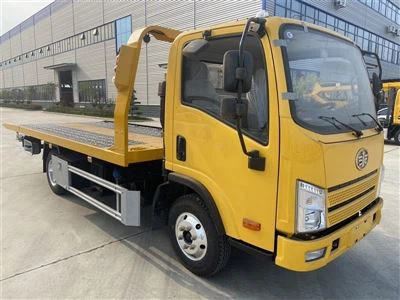Introduction to CKD Motors
CKD motors, short for Completely Knocked Down motors, play an essential role in various industries, particularly in manufacturing and automotive sectors. These motors are delivered to a manufacturer in a disassembled state, allowing for local assembly. This article delves into the nuances of CKD motors, exploring their benefits, manufacturing processes, applications, and practical tips for choosing the right one for your needs.
What are CKD Motors?
CKD motors refer to various types of engines or motors shipped in parts to be assembled on-site. This method reduces shipping costs and tariffs compared to fully assembled motors. The CKD approach is widely utilized not only for motors but also for various machinery and equipment.
The Evolution of CKD Motors
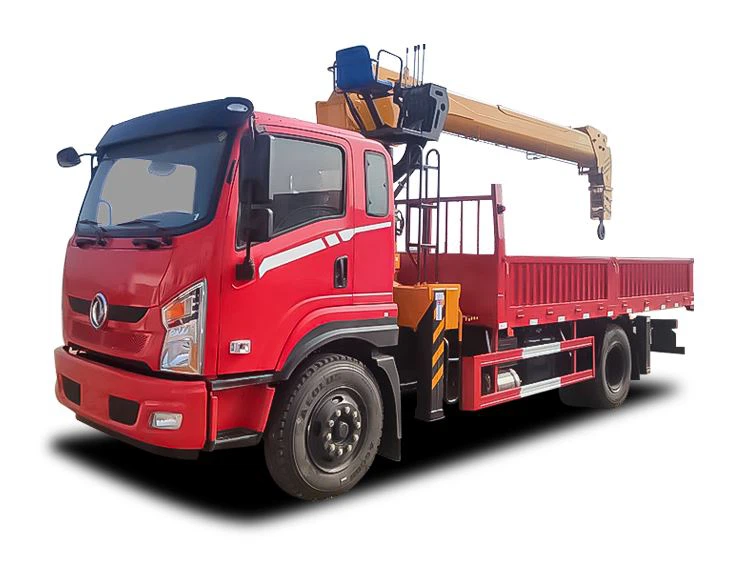
The concept of CKD motors emerged from the need for more cost-effective transportation and assembly methods in the automotive industry. Manufacturers began to recognize that shipping disassembled parts could significantly reduce costs and allow for localized production.
Benefits of CKD Motors
Cost Efficiency
By opting for CKD motors, manufacturers can save on shipping expenses and import duties. This cost-saving can be passed on to consumers, making products more competitive in the market.
Local Assembly Advantages
CKD motors allow companies to engage local labor for assembly, which can foster economic growth and job creation in the community. Additionally, local assembly can cut lead times, leading to quicker product availability.
Market Adaptability
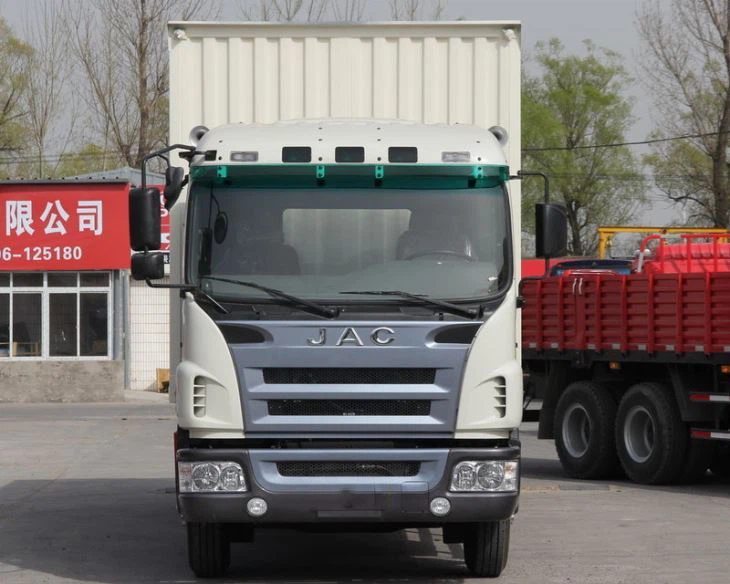
Companies can quickly adapt to market changes by assembling CKD motors according to local needs and demand. This flexibility helps businesses respond to consumer preferences without significant delays.
Quality Control
Assembling CKD motors on-site enables manufacturers to directly oversee the assembly process, enhancing quality control. This ensures that the final product meets the required standards and specifications.
Types of CKD Motors
CKD motors encompass various motor types, including electric motors, internal combustion engines, and hybrid systems. Each type serves unique applications across industries.
Electric CKD Motors
Electric CKD motors are crucial in various applications, from household appliances to industrial machines. They offer advantages like energy efficiency and reduced noise levels.
Internal Combustion CKD Motors
Internal combustion motors, commonly used in vehicles, are an important segment of CKD assembly. Manufacturers can efficiently create vehicles tailored to local markets.
Hybrid and Alternative Energy CKD Motors
With the shift towards sustainable technologies, hybrid and alternative energy motors, which combine electric and traditional fuel sources, are gaining acceptance. CKD assembly allows manufacturers to innovate and meet stringent environmental standards.
CKD Motor Manufacturing Process
The manufacturing process for CKD motors involves several critical steps from sourcing parts to final assembly.
Components Sourcing
Manufacturers primarily source parts from local suppliers to ensure compatibility with CKD assembly requirements. Components include the motor, gearbox, wiring harness, and various other elements.
Assembly Process
The assembly process is where the CKD motor truly comes together. Skilled technicians or engineers perform the assembly, testing each component for quality assurance before final checks.
Quality Assurance and Testing
Post-assembly, motors undergo rigorous testing to ensure functionality and safety. This step is crucial to eliminate defects and maintain high standards.
Applications of CKD Motors
CKD motors find applications across numerous industries.
Automotive Industry
The automotive sector is one of the primary users of CKD motors. Many car manufacturers utilize CKD assembly to build vehicles in various regions, helping them cope with tariffs and local regulations.
Agricultural Equipment
CKD motors are widely used in agricultural equipment like tractors and harvesters. Local assembly helps manufacturers meet specific regional requirements and preferences.
Industrial Machinery
Many industrial machines rely on CKD motors. Manufacturers use this approach to meet specific operational needs of factories and production facilities.
Choosing the Right CKD Motor
Selecting the right CKD motor for your needs involves several considerations.
Assessing Application Requirements
Different applications require different types of CKD motors. Assessing the specific needs and operational conditions will guide you towards the suitable motor type.
Evaluating Manufacturer Reputation

It’s vital to consider the reputation and reliability of the CKD motor manufacturer. Researching reviews and testimonials can offer insights into quality and performance.
Cost Considerations
While CKD motors are generally more cost-effective than fully assembled motors, it’s essential to compare prices and total costs, including shipping, assembly, and potential maintenance.
Local Support and Service
Choose a manufacturer that offers local support and service options. Quick access to customer service can significantly impact your operational efficiency.
Practical Tips for Working with CKD Motors
Understanding Local Regulations
Be aware of local regulations governing CKD assembly and motor operation to ensure compliance and avoid costly penalties.
Investing in Training
Invest in training for your assembly staff. Well-trained personnel can improve assembly efficiency and product quality.
Regular Maintenance
Implement a regular maintenance schedule to ensure optimal performance of CKD motors. This can extend the lifespan of the motors and help avoid costly breakdowns.
Challenges in CKD Motor Assembly
While CKD motors offer numerous benefits, challenges do exist.
Logistical Issues
Managing logistics for transporting CKD components can be complicated and may lead to delays if not carefully planned.
Assembly Complexity
The complexity of assembling CKD motors can vary. Some require specialized skills, and insufficient training might lead to errors in assembly.
Quality Control Challenges
Maintaining consistent quality in CKD assembly necessitates thorough and continuous checks at various stages of the process. Any lapses could lead to defects in the final product.
Future Trends in CKD Motors
The future of CKD motors is set to evolve with advancements in technology and changing market demands.
Increased Automation
Automation in assembly lines could enhance the efficiency and precision of CKD motor assembly, reducing labor costs and improving output quality.
Sustainability Focus
As consumers increasingly prioritize sustainability, manufacturers are likely to shift towards greener CKD motor options, such as electric and hybrid motors.
AI in Quality Control
The incorporation of artificial intelligence in quality control can lead to more efficient monitoring systems, predicting potential issues before they arise.
Frequently Asked Questions (FAQ)
What is a CKD motor?
A CKD motor is a type of motor delivered in a disassembled state for local assembly, primarily used to reduce shipping costs and comply with local manufacturing regulations.
What are the advantages of CKD motors over fully assembled motors?
CKD motors are generally more cost-effective, allow for local assembly, provide market adaptability, and enhance quality control due to local oversight.
What types of motors can be CKD?
CKD assembly can apply to various motor types, including electric motors, internal combustion engines, and hybrid systems.
How can I choose the right CKD motor for my business?
Consider the application requirements, reputation of the manufacturer, cost considerations, and local support and service when selecting a CKD motor.
What challenges might I face with CKD motor assembly?
Common challenges in CKD motor assembly include logistical issues, assembly complexity, and maintaining consistent quality control throughout the process.
What are the future trends for CKD motors?
Future trends may include increased automation in assembly lines, a greater focus on sustainability, and the use of AI for quality control improvements.

